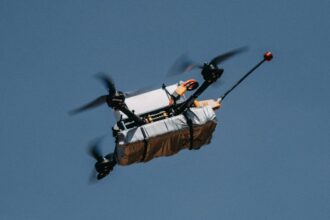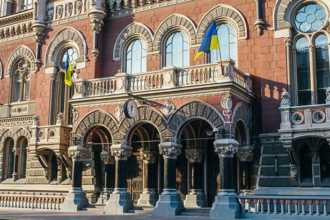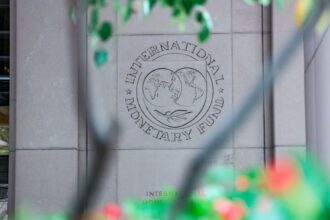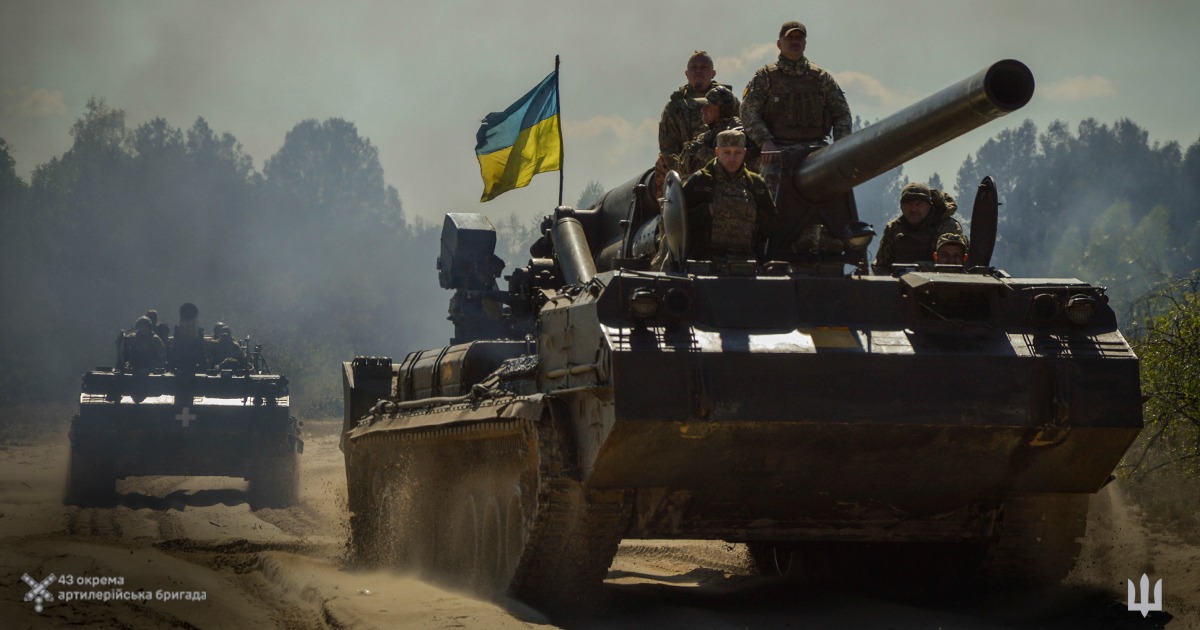In a war in which offensive operations are equally challenging for both sides, winning is not losing.
After the Ukrainian summer 2023 offensive failed to produce the desired results, despite the dedication of the Ukrainian Army there has been almost no public discussion on Ukraine’s optimal future strategy in the war with Russia.
As Sir Lawrence Freedman says in his book Modern Warfare Lessons from Ukraine, “The challenge of a strategy during a war is to balance the ends and the means. Both may change throughout the war.”
This public conceptual vacuum is a double-edged sword.
* The lack of a clear strategic vision threatens two important consensuses. One is the internal Ukrainian consensus that it is necessary to continue the fight in order to strengthen Ukraine’s position in negotiations and the other is the external consensus of Ukraine’s allies about the need to support Ukraine in exercising its inherent self-defense right.
* The absence of clarity, or at least agreement within the country, on the triangle “goals, means, and resources” creates an environment that is fertile for Russian influence operations designed to undermine the consensuses mentioned above.
Ukraine’s partners also referred to this lack of strategic vision. These reflections are not meant to be exhaustive but rather to stimulate public debate on this important issue.
Ukraine’s future Grand National Strategy
This article highlights the key strategic aspects that are needed to develop a comprehensive approach. Ukraine’s future strategic goals should include:
Priority is to inflict enough damage on the enemy forces and to the Russian Federation‘s ability to generate, sustain and deploy relevant military force to ensure, at least, a sustainable, 5-7 year ceasefire. During this respite a qualitatively enhanced Ukrainian Defense Forces is required to achieve a strong deterrent. The ultimate goal is to achieve a post-imperial transition in the Russian Federation through a comprehensive mix of military and non-military influences.
* The preservation of Ukraine’s statehood in territories currently under Russian occupation, is of paramount importance. This imperative must survive the active onslaught by Russian missile and drone attacks that are systematically targeting critical infrastructure, lifeline facilities and a concerted attempt to undermine Ukraine’s resilient.
* Preventing social unrest and safeguarding domestic unity remain key objectives in the war against Russia.
* In addition to achieving the above task 1, Ukraine should also strive to preserve as much of its demographic potential as possible.
The Grand National Strategy of Ukraine for the future should be based on these tasks.
Russia has learned how to adapt. Although it lacks the military capability to achieve maximalist goals on the battlefield quickly, Russia has shown that it can sustain an appropriate level of hostilities in the frontlines extending from northeastern Kupiansk down to Kherson in south-Ukrainian. Russia has increased its military from 420,000 to 510.000 troops despite monthly casualties of 17,000 dead and wounded soldiers. This is part of a comprehensive strategy designed to deplete Ukraine’s resources.
In terms of ideology, Russia’s shift has been significant from the initial confusion in the months leading up to the full-scale invasion in February 2022. It has solidified the thesis that the present confrontation is of a existential nature. Ukraine was portrayed as a tool of the West in order to inflict “strategic loss” on Russia.
Decoding the dynamics in the ongoing war
The key task for any military or political leadership is to understand the nuances of a war at the tactical and operation levels. These must then be incorporated in the nation‘s strategy.
In the current Ukraine-Russia conflict, the battlefield has become increasingly transparent, or visible, especially within a distance of 10-15 km away from the contact line. Additionally, there has been an increased proliferation of weapons systems that are integrated with intelligence assets, forming ground- and air-based reconnaissance-firing and reconnaissance-strike complexes.
Both Ukraine and Russia have these crucial technologies. The result is a confrontation reminiscent of the Western Front in 1915-1917 where the frontlines moved at a very slow rate despite the tremendous efforts made by both sides.
Various reconnaissance-firing/reconnaissance-strike systems on both sides, coupled with the inability to establish and exploit air dominance, have made it easier to detect and neutralize concentrations of forces than to quietly amass and employ the necessary forces – a critical prerequisite for successful offensive operations.
Read More @ euromaidanpress.com




